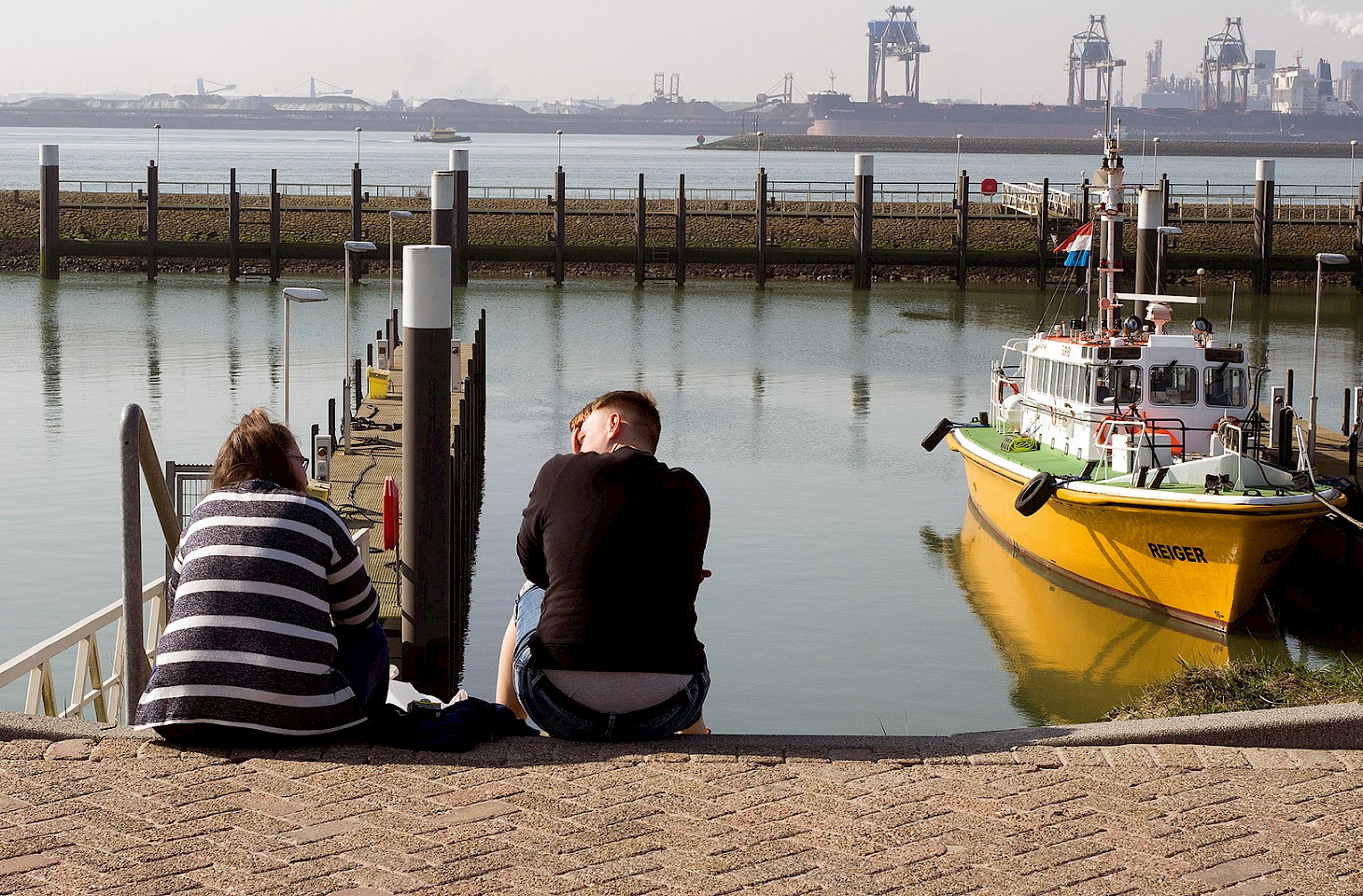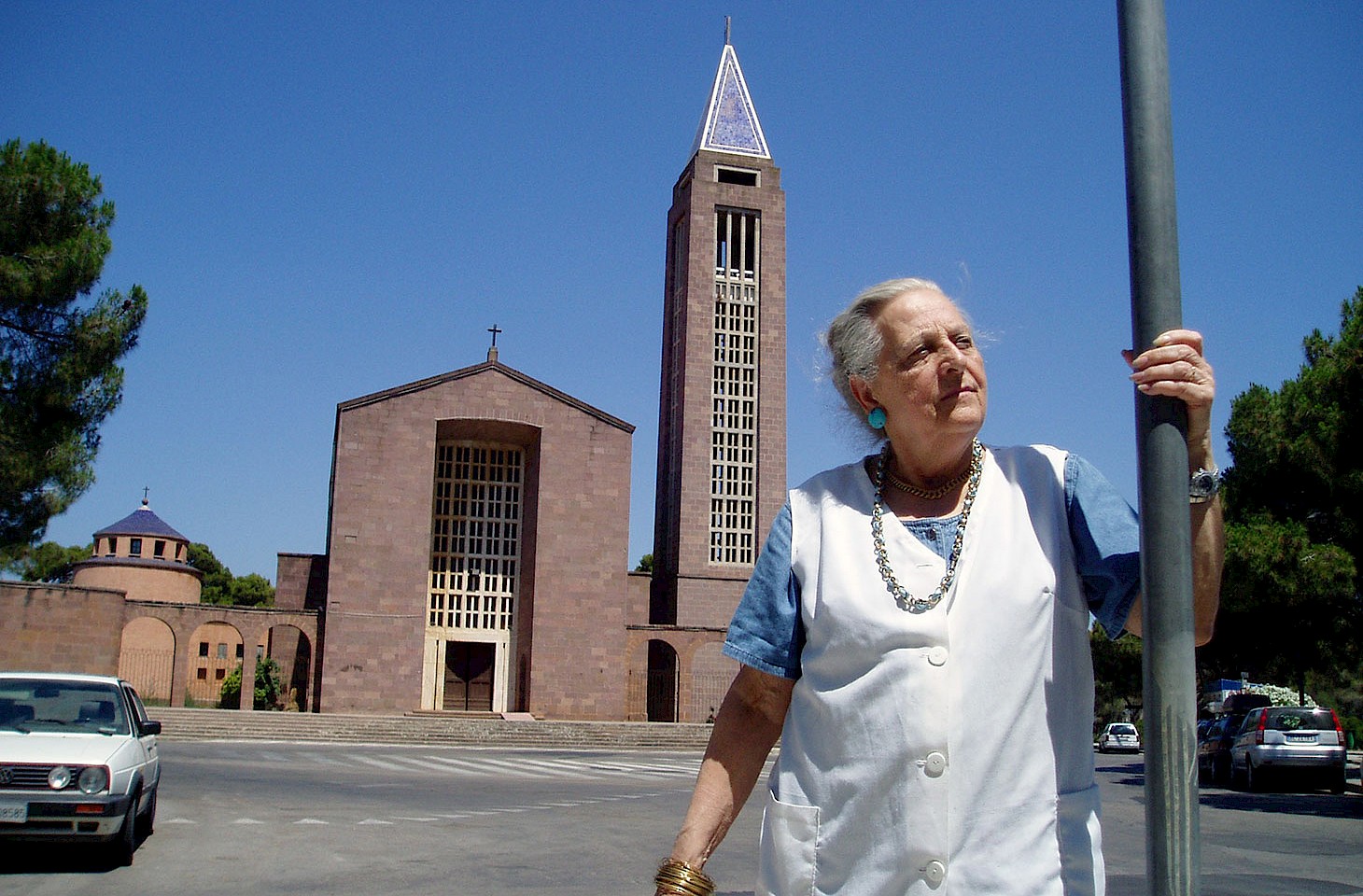Gazing out to sea from the waterfront in Zadar, in the late evening light — a spot described by Hitchcock as having some of the finest sunsets in the world — you’ll see the silhouette of an island dominating the view across the Adriatic. The elongated skyline of the island is marked by the uneven bumps of two hills, the one on the left bristling faintly with antennae. Gulls sluice through the air, lights flicker across the water, and small fishing boats crawl across the liquid gold of the inshore waterway which separates Zadar from the island of Ugljan.
Ugljan is the nearest major island to Zadar among the scatter of islands which together make up the Zadar archipelago. It is less than four kilometres as the seagull flies from the mainland. Ugljan is a long, slender island, more than 20 km in length from the headland (named after St Peter) at its north-western tip down to its south-east extremity, where the elegant Ždrelac Bridge allows traffic to speed over the 60-metreswide channel that separates Ugljan from neighbouring Pašman, an island which is just as long and narrow as Ugljan.
The eastern shore of Ugljan, facing the mainland, is dotted with fishing villages, small towns and harbours; its western shore has an altogether wilder demeanour with steep slopes and many impressive cliffs.
Inhabited since at least the Neolithic, Ugljan was settled in the 4th century BC by the Liburnians, an Illyrian tribe, traces of whose fortified settlements have been discovered on Čelinjak and other hills. The Romans were here from the 1st century BC. Fragments of its long history are dotted across the island, from those ancient Liburnian hill forts to early Christian churches, such as the 5th century three-nave basilica near Muline, the stone walls of its distinctive ground plan protruding above the grass among a scattering of cypresses and olive trees, near the edge of someone’s back garden.
The trail to Šćah
Today Ugljan plays second home to many Zadar residents. The island’s main settlement of Preko is just a 25-minute journey by ferry from Zadar’s old town.



